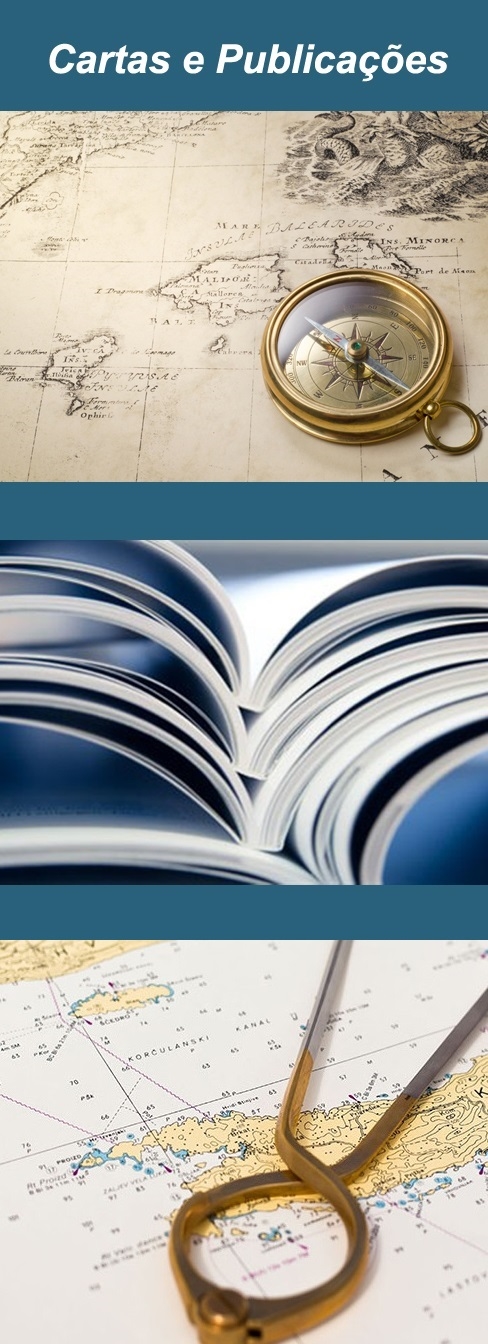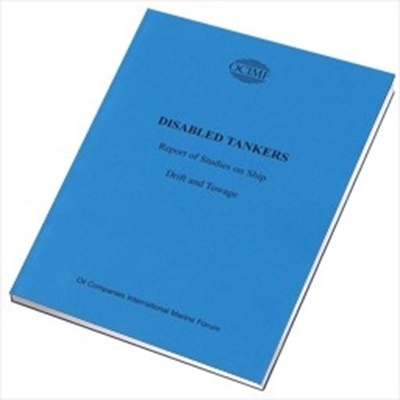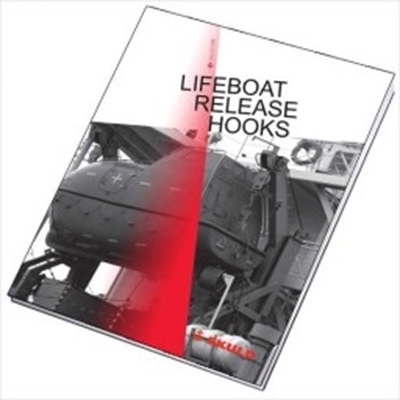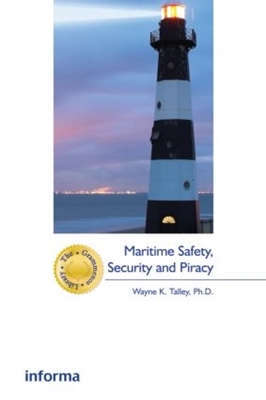Close
- Cartas e Publicações
-
Indústria Naval

-
Náutica

-
Indústria Terrestre

-
Equipamentos p/ portos
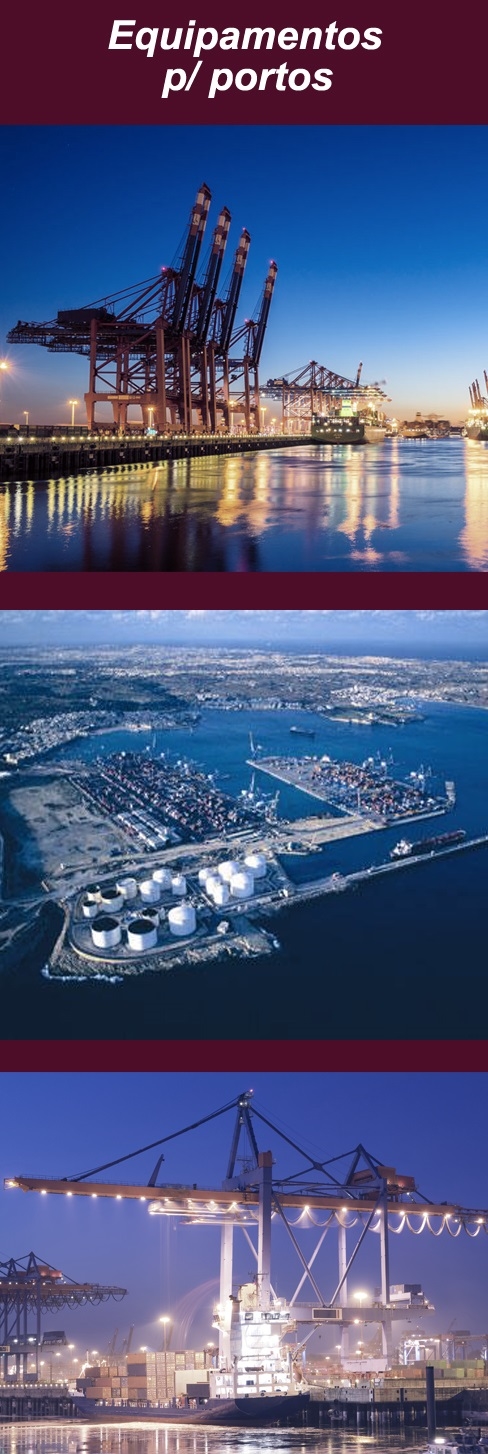
- Proteção Covid-19
- Sobre Nós
- Novidades
- Marcas
- Contactos
- Serviços
- Catálogos
Menu
(0)
items
You have no items in your shopping cart.
Catálogo
Menu
Carrinho de Compras
Filters
Personal menu
Preferencias
Procurar
- Home /
- Cartas e Publicações /
- Publicações /
- Safety, Security, Fire & Survival at Sea /
- Collisions at Sea - How?
Produtos Relacionados
-
Confined Space Safe Practice (IACS Rec 7)
Solicitar Preço -
Disabled Tankers - Report of Studies on Ship Drift & Towage
Solicitar Preço -
Fresh Air in Dark Places
Solicitar Preço -
Gas Detector Selection and Calibration Guide
Solicitar Preço -
Guide to Helicopter/Ship Operations - Fifth Edition
Solicitar Preço -
Lifeboat Launch and Recovery Checklist
Solicitar Preço -
Lifeboat Release Hooks - SKULD Edition
Solicitar Preço -
Marine Safety Card: Entry into Enclosed Spaces
Solicitar Preço -
Marine Survival, 3rd Edition 2011
Solicitar Preço -
Maritime Safety, Security and Piracy, 2008
Solicitar Preço
Apoio ao Cliente
Área Reservada
Contactos
- Praceta Augusto Dias Silva, 94 2B 2785-521 Sao Domingos de Rana
- info@jgarraio.pt
- Tel.: +351 213 473 081

Copyright © 2024 JGARRAIO. Todos os direitos reservados.
As fotos apresentadas podem não corresponder as configurações descritas.
Preços e especificações sujeitos a alteração sem aviso prévio.
A J. Garraio declina qualquer responsabilidade por eventuais erros publicados no site.
As fotos apresentadas podem não corresponder as configurações descritas.
Preços e especificações sujeitos a alteração sem aviso prévio.
A J. Garraio declina qualquer responsabilidade por eventuais erros publicados no site.
Todos os preços incluem IVA. Exclui o valor dos portes de envio.
Powered by nopCommerce
Desenvolvido pela Agência PRIMEWAY - Plataformas Digitais • Design • Marketing Digital
